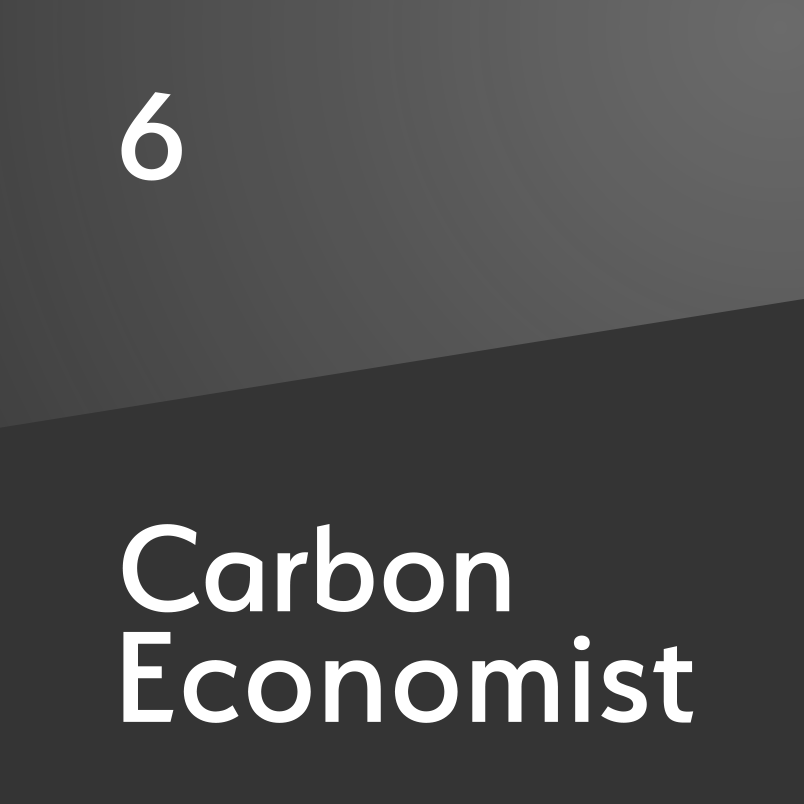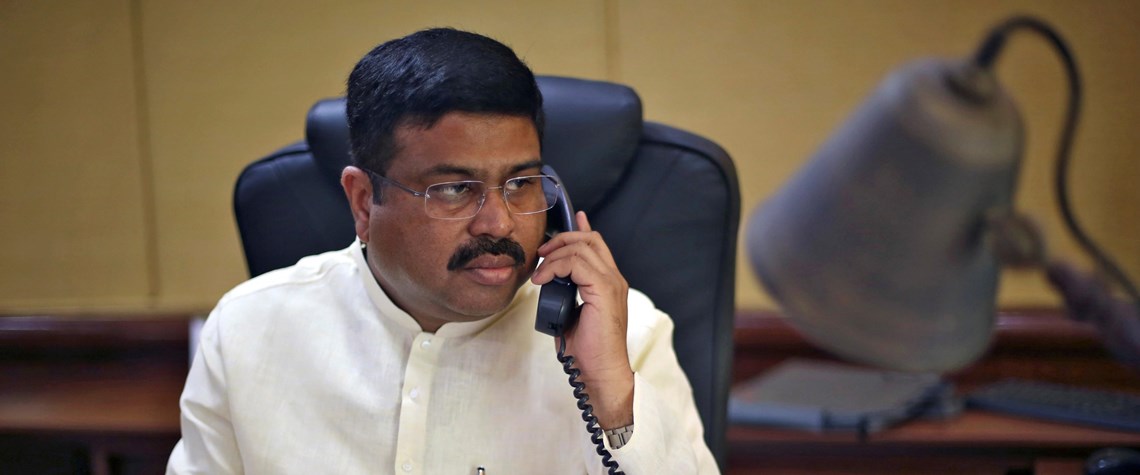India’s ‘blue flame revolution’ gathers pace
Natural gas will play a pivotal role in underpinning the world’s fastest-growing major economy as the government grapples with its energy trilemma—to make its supply secure, affordable and sustainable
During the first term of Narendra Modi’s National Democratic Alliance (NDA) government, the prime minister and his petroleum and natural gas minister, Dharmendra Pradhan, spoke often of wanting to build a gas-based economy in India. Pradhan says he wants to see a “blue flame revolution transform India’s energy landscape”. With the government now in its second term—following the NDA’s landslide victory in last May’s general election—gas remains a policy priority. The aim is to boost the share of natural gas in primary energy supply from 6.2pc to 15pc by 2030. Given that primary energy supply is forecast to grow by 4.2pc/year, according to Pradhan, the scale of this ambition is breathtaking.

Also in this section
8 December 2025
The Caribbean country’s role in the global oil market is significantly diminished, but disruptions caused by outright conflict would still have implications for US Gulf Coast refineries
5 December 2025
Mistaken assumptions around an oil bull run that never happened are a warning over the talk of a supply glut
4 December 2025
Time is running out for Lukoil and Rosneft to divest international assets that will be mostly rendered useless to them when the US sanctions deadline arrives in mid-December
3 December 2025
Aramco’s pursuit of $30b in US gas partnerships marks a strategic pivot. The US gains capital and certainty; Saudi Arabia gains access, flexibility and a new export future







